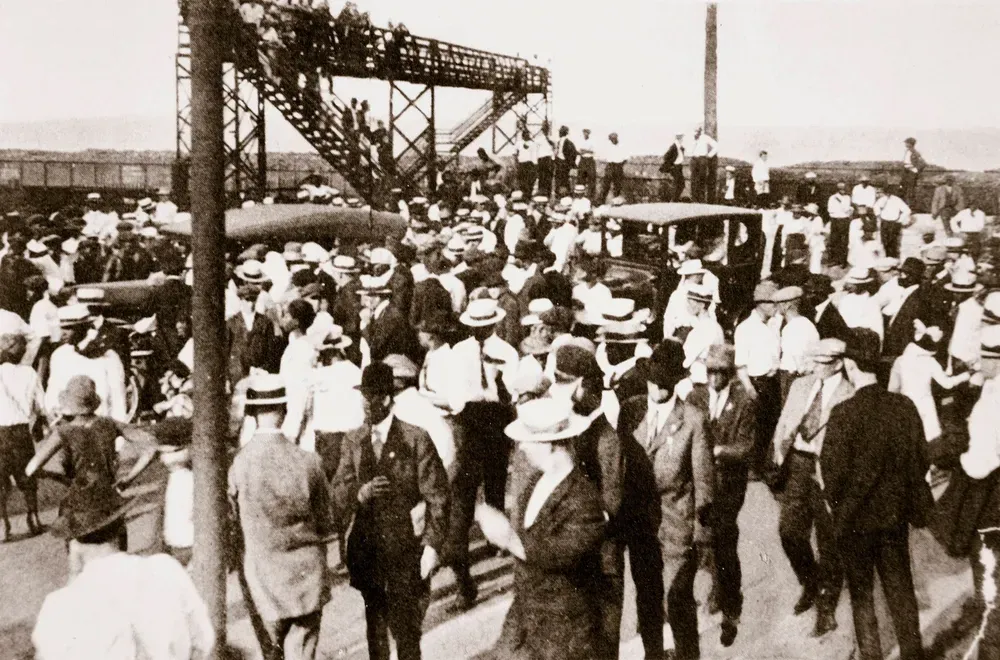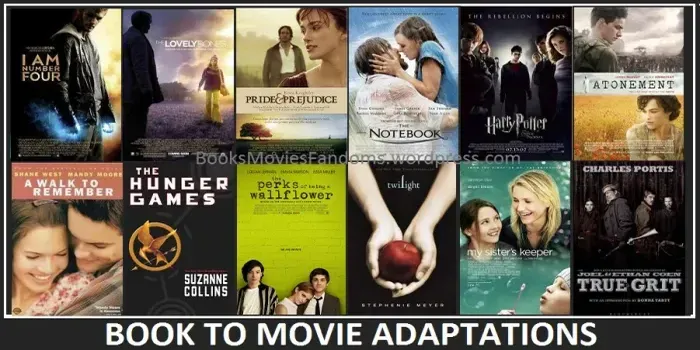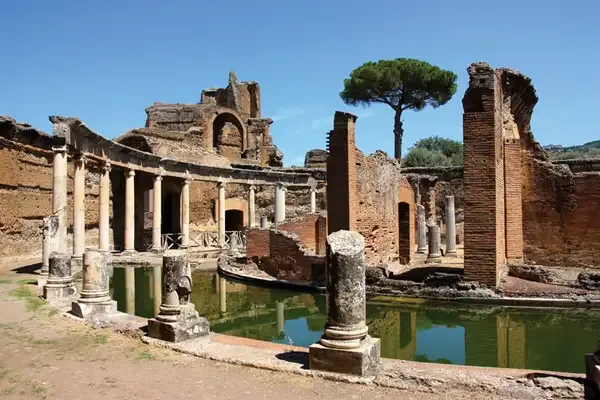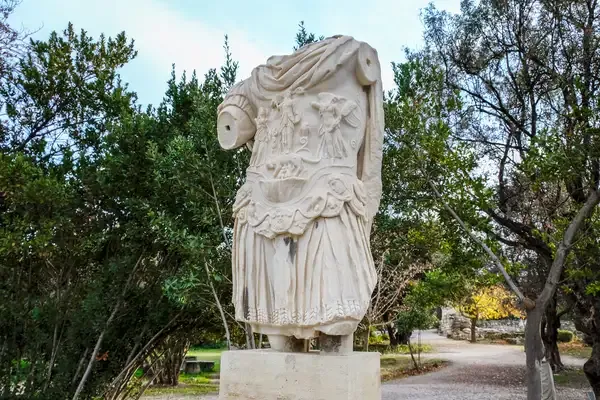There’s a Riot Goin’ On: Riots in U.S. History (Part Two)
This piece delves into significant riots throughout U.S. history, examining the underlying causes and societal impacts. It highlights key events, exploring how racial tensions, economic disparities, and political unrest have fueled civil disturbances. The narrative provides insights into the complexities of these upheavals, reflecting on both the immediate and long-lasting consequences. By analyzing various riots, the article sheds light on patterns of conflict and the ongoing struggle for justice and equality in American society.

The Impact of Riots on U.S. Society
Riots have played a pivotal role in shaping the social and political landscape of the United States throughout its history. From the Boston Tea Party to modern-day protests, each riot reflects the societal tensions and issues of its time. Understanding the context and consequences of these events is crucial for grasping the evolution of civil rights and social justice movements in America.
Key Historical Riots and Their Consequences
Several riots stand out in U.S. history due to their significant impact on public policy and societal attitudes. Below is a table summarizing notable riots, their causes, and consequences:
| Riot Name | Year | Cause | Consequences |
|---|---|---|---|
| Stonewall Riots | 1969 | Police raid on a gay bar | Increased visibility for LGBTQ+ rights; sparked the modern LGBTQ+ movement |
| Watts Riots | 1965 | Racial tensions and police brutality | Heightened awareness of racial inequality; led to the Kerner Commission report |
| Detroit Riot | 1967 | Racial discrimination and police conduct | Major reforms in policing and urban policy; increased federal funding |
| Los Angeles Riots | 1992 | Verdict of police officers in Rodney King case | Public outcry over police brutality; led to discussions about race relations |
Understanding the Causes of Riots
Riots often arise from deep-rooted societal issues. Common causes include:
- Economic Inequality: Disparities in wealth can lead to frustration and unrest, particularly in marginalized communities.
- Racial Discrimination: Many riots have been sparked by incidents of racial injustice, highlighting the ongoing struggle for civil rights.
- Political Oppression: Government actions perceived as oppressive can trigger violent responses from the populace.
- Police Brutality: Incidents of excessive force by law enforcement often ignite riots, as communities demand accountability and justice.
The Role of Media in Shaping Perceptions
The media plays a crucial role in how riots are perceived by the public. Coverage can either amplify the voices of those fighting for justice or perpetuate stereotypes about the communities involved. Social media has further complicated this dynamic, allowing for real-time reporting and mobilization but also spreading misinformation. Understanding the role of media in shaping narratives around riots is essential for comprehending public responses and policy changes.
Lessons Learned from Past Riots
Each riot in U.S. history provides lessons about the societal challenges of its time. Some key takeaways include:
- Importance of Dialogue: Engaging in open and honest conversations about grievances can help prevent escalation into violence.
- Need for Policy Reforms: Many riots have led to significant changes in laws and policies aimed at addressing the root causes of unrest.
- Community Empowerment: Strengthening community organizations and support systems can reduce tensions and build resilience.
Current Context: Riots and Protests Today
The legacy of historical riots continues to influence contemporary movements. Events like the Black Lives Matter protests following the death of George Floyd in 2020 echo past struggles for civil rights. Today’s protests often utilize digital platforms to organize and spread awareness, making them more visible and inclusive. However, they also face challenges, including misrepresentation in media and pushback from authorities.
In understanding the ongoing struggle for social justice, it’s vital to acknowledge how past riots have paved the way for current movements. The fight for equity and justice remains a central theme in U.S. history, demonstrating that while progress has been made, the road ahead is still fraught with challenges.
Conclusion: The Continuing Legacy of Riots
Riots are not merely chaotic outbursts; they are expressions of deep-seated frustrations and demands for change. Learning from the past can help society navigate current challenges and work towards a more equitable future. By acknowledging the historical context and the reasons behind riots, we can better understand the ongoing fight for justice in America.
As we reflect on the lessons of history, it’s clear that the dialogue surrounding riots and social movements is crucial for fostering understanding and driving change. Engaging with these narratives allows for a more nuanced appreciation of the struggles and triumphs that have shaped the nation.












